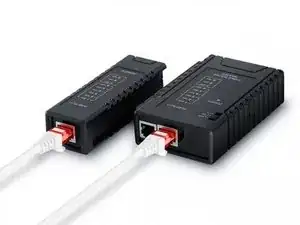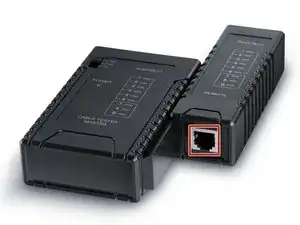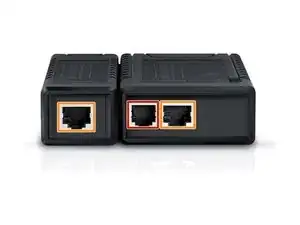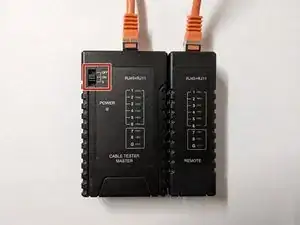Introduction
Ethernet cables are widely used to connect devices to networks, and ensuring their continuity is essential for maintaining a reliable connection.
Continuity testing is a simple process that can help you detect any faults or breaks in the cable that may be causing connectivity issues.
Tools
-
-
The tester will go through all the wires in sequence. If the sequence of the green lights blinking does not line up you might have swapped some wires when wiring the connector.
-
Conclusion
Good luck on your next project!






